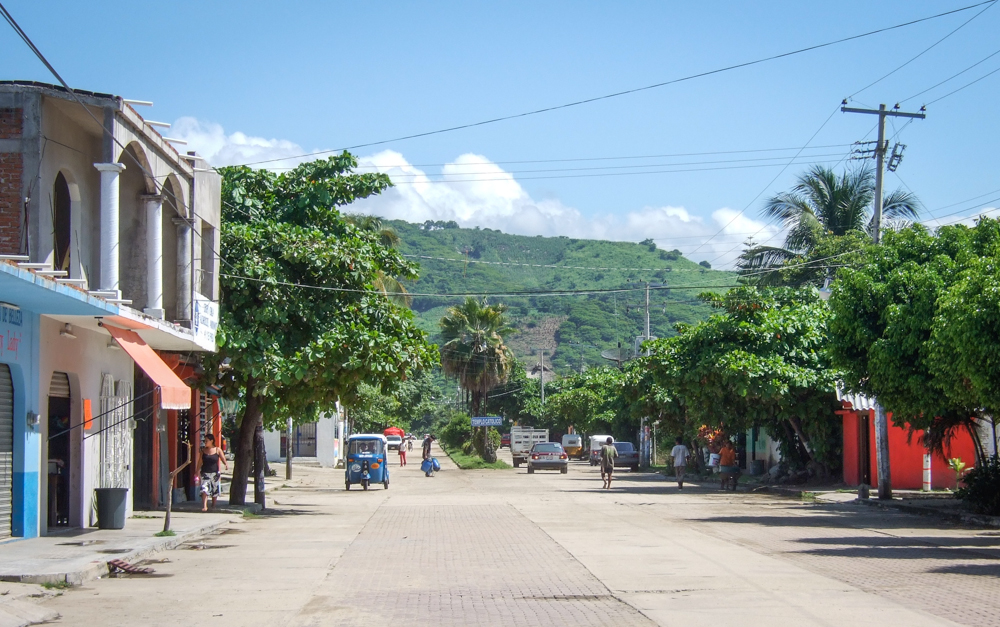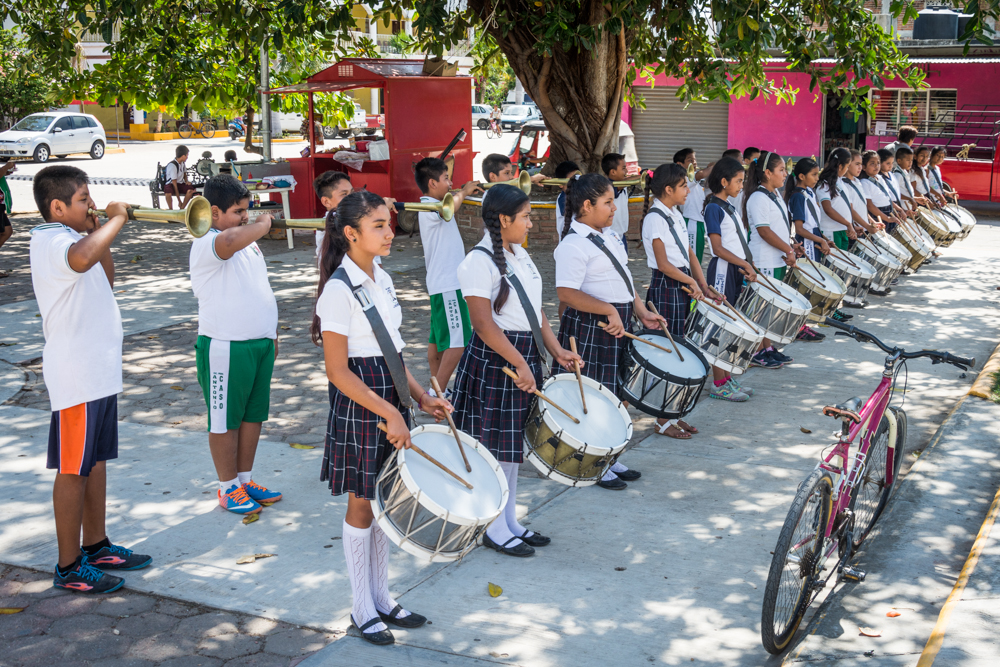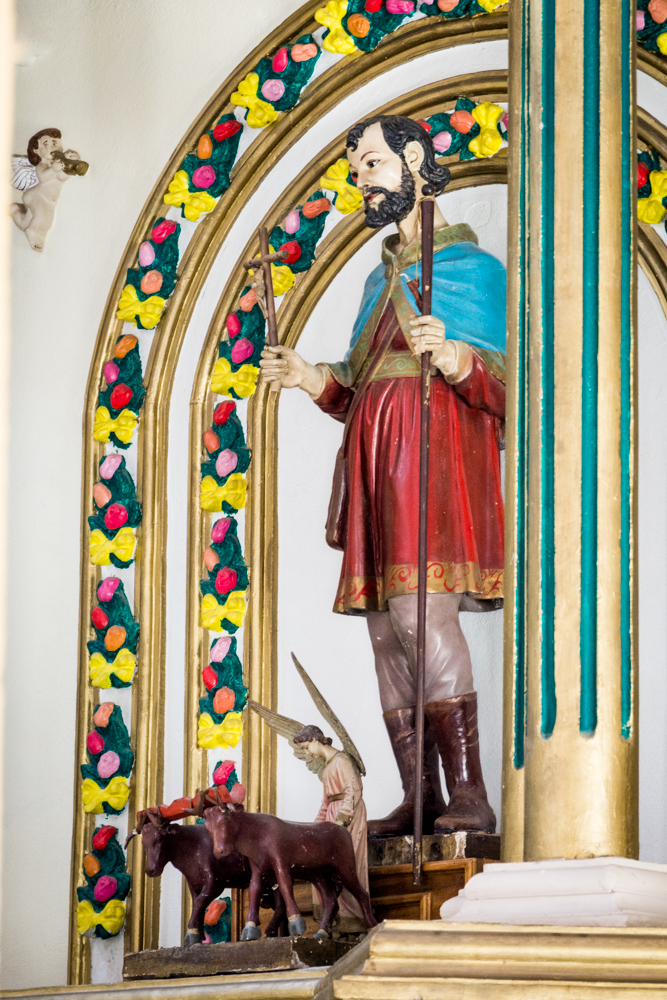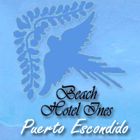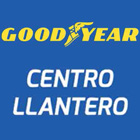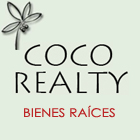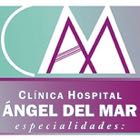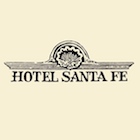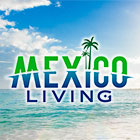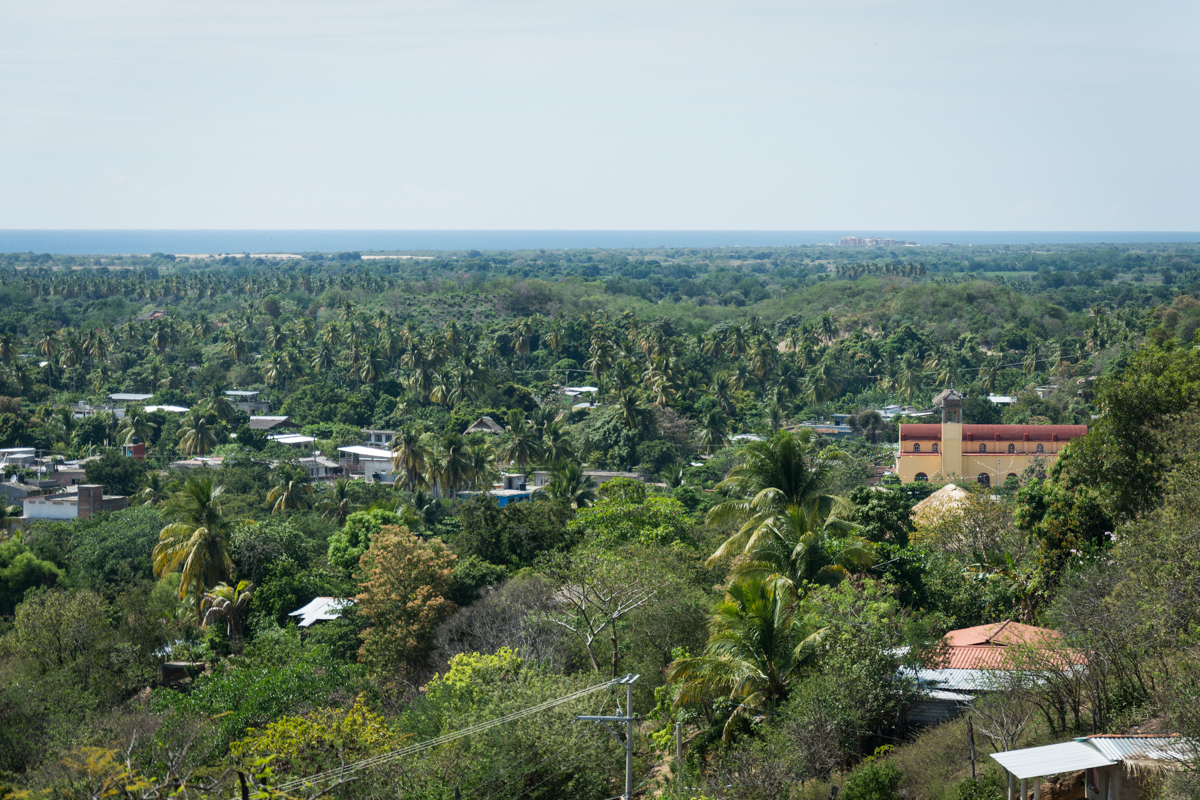
Bajos de Chila
First came the cattle and the men who brought them into a wilderness inhabited by poisonous snakes, deer, jaguars (tigres) and pumas (onzas). The first families were named Escamilla and Luna. Cesareo (don Chayito) Escamilla came from San Pedro Juchatengo, just north of Nopala in the early 1900s. His son, Evencio, became a major landowner who helped turn the scrub into productive farms. He also opened Chila’s first store.
By 1930, the year in which the census figure for Puerto Escondido was 55, Bajos de Chila had a population of 267. It wasn’t until 1970 that Puerto, which had grown to 3,428, surpassed its neighbor to the west, whose population was now almost 2,000.
In 1942, Bajos de Chila was an Agencia Rural with simple houses connected by paths cut through the underbrush. That is the memory of Lino Burán Pacheco, whose family moved here that year from San Pedro Mixtepec when he was 14. The family grew corn and sesame seeds and raised cattle. Merchants with mules would come from Miahuatlán to trade metates (mortars for grinding grain and seeds) and other goods and produce for cattle. Cows were also traded for produce and coffee beans with people from Nopala and San Gabriel.
Others came from San Pedro and Nopala to work in the cotton plantation which was developed by an investor from Guerrero. (The plantation closed around 1980, the victim of a blight.) Most of Chila’s 5,000 inhabitants are descended from settlers who came here in the 1940s and 50s. Many are farmers who grow corn, peanuts and sesame seeds.
The salt works near the Manialtepec lagoon opened in 1945, and people came from the mountains to trade panela (a sugar cane derivative), chickens, plums and coffee beans for salt. (In those days, the coffee plantations paid their workers with coffee beans.) At its peak, don Lino reports, 35 people worked processing the salt.
A fish farm is being developed by a cooperative where the salt works used to be. As before, the water enters from the sea through the lagoon of Manialtepec. During the rainy season it will be flooded and full of shrimp, crab (jaiba), sea bass (robalo), and black, white, and red sea bream (mojarra).
There is also a lagoon at Agua Dulce on the Chila coast which is where the people go to bathe and fish.
The University of the Sea (UMAR) has an experimental agricultural station near the salt works on 8 hectares donated by Chila in 2002. The station features an iguana hatchery, turkeys, ostriches (a gift from a Huatulco veterinarian), and sheep. In one experiment turkeys fed on table scraps from a day care center were compared with turkeys given commercial feed. Table scraps beat commercial feed.
San Isidro the Worker (San Isidro Labrador) has been the patron saint of Chila since his statue was brought here from Oaxaca in 1953. It arrived in a small airplane which landed on what is now the soccer field near the church. In 1953 there was no church and the statue was sheltered in a straw and adobe hut. The priest lived in Nopala and would travel to San Pedro and Chila by horse. May 15 is the traditional date for celebrating San Isidro, but the priest and the people of Chila agreed that this was not an opportune time. The best time for a fiesta is after the crops are harvested, not when they are planted. So here San Isidro’s day comes twice a year - February 15 with fireworks and a smaller celebration on May 15.
The whole month of February is fiesta time in Chila. It starts with the traditional beauty contest for the queens of the fair and of the rodeo (charros, and then almost every day there is a mass for San Isidro and a cultural event at the church. On the weekends there are men’s, women’s and seniors’ soccer tournaments, rodeos, bicycle races, pelota mixteca, horse races, and dances, of course. There are also four nights of cockfights that attract professional breeders from all over Mexico. Harkening back to the time before there were big stores in Puerto Escondido, some streets are given over to itinerant vendors who sell clothes and kitchenware.

